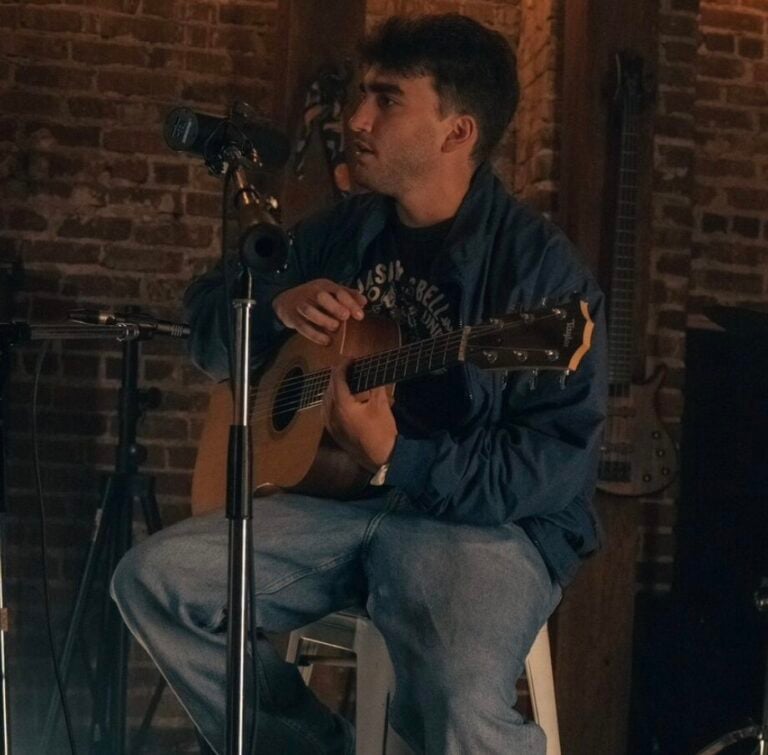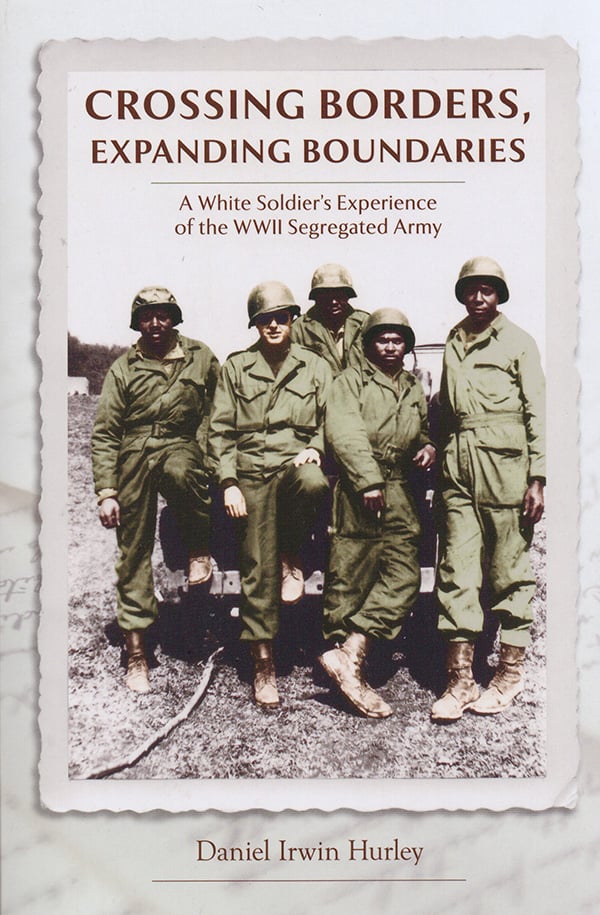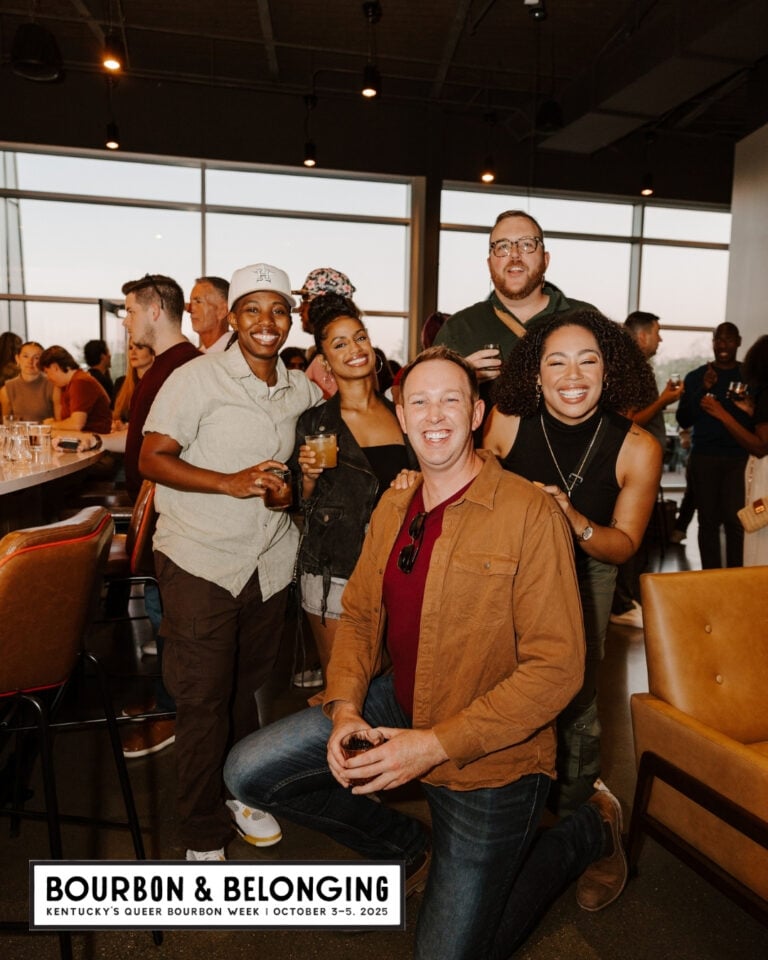Sixty years ago yesterday, Dec. 1, 1955, Rosa Parks refused to give up her seat and move to the back of the bus, as ordered by the driver, James F. Blake. Keenly aware she was in violation of Alabama’s Jim Crow stance on racial segregation, Ms. Parks simply decided it was time to act against laws designed to disenfranchise blacks and subject them to the fantasy that “separate but equal” treatment was just and fitting.
In her autobiography, Rosa Parks provided the motivation for her actions that long ago day. “People always say I didn’t give up my seat because I was tired, but that isn’t true,” she explained. “ I was not tired physically, or no more tired than I usually was at the end of a working day. No – the only thing I was – was tired of giving in.”
The incident in December was not her first encounter with James F. Blake. Years before, in 1943, he was at the wheel when Ms. Parks entered a bus by the front door, paid her fare, and proceeded to take a seat in the area designated for African Americans. When he reminded her of the law and insisted she exit and then re-enter the bus from the back door, she left the vehicle and waited for the next bus, determined never to ride with Blake again.
The Montgomery bus system, with 75 percent of its ridership black, maintained segregated seating for the races. Violators could be arrested, sent to jail, and fined. Added to those insults, the “reserved” sections were not precisely designated, but indicated by placement of a movable sign. Black people were permitted to sit in the middle seats until the white section got filled. If whites needed seats, blacks were required to move to the rear. If no seats were available in that section, they had to stand or get off the bus if there were no more room.
“I did a lot of walking in Montgomery,” Rosa Parks said, reflecting on the impact of Jim Crow.
For those too young to remember, such blatant racism seems incredible. It is difficult to imagine so many people being routinely subjected to discrimination that violates our nation’s stated values. And while it is understandable that black people were reluctant to risk their lives to fight the system, it is hard to picture whole communities of white people who stayed silent and did not push for change, stubbornly blind to the inherent injustice.
It has taken generations for Americans to face the savagery of slavery and its long-term impact. For instance, it was not until 2004 that the Lexington Herald-Leader admitted it had ignored the 1960s Civil Rights Movement. When the light finally dawned, on July 5, 2004, the prominent Kentucky newspaper launched a series of stories inspired by decades-old black and white photographs documenting events in Lexington.
“It has come to the editor’s attention,” the front page said, “that the Herald-Leader neglected to cover the civil rights movement. We regret the omission.”
According to Herald-Leader reporters of the stories, Linda B. Blackford and Linda Minch, “The people in charge of recording the ‘first rough draft of history,’ as journalism is sometimes called, ignored sit-ins and marches, or relegated them to small notices in the back pages.”
Had it not been for the historic photos snapped by Calvert McCann, the stories might not have been told. Mr. McCann, an African-American, was a janitor and film processor at a photography store in Lexington when he got interested in the Civil Rights Movement.
“I just wanted to document it and tell the story for me and my friends,” he told the newspaper.
Without Gerald L. Smith, a University of Kentucky historian and an African-American, many of the old pictures would never have been developed. Smith, who was researching a book at the time, was instrumental in putting a spotlight on the shame of the past.
“If it had been not been for Calvert,” Smith told the Herald-Leader, “We wouldn’t have a visual record of this moment in Lexington’s history.”
Today, with social media dominating our lives, there are endless ways to tell stories, even those that make us uncomfortable. As Peter Forbes said in his essay, “What is a Whole Community?” “Stories create community, enable us to see through the eyes of other people, and open us to the claims of others… Telling stories is our best hope of reflecting the kind of world we want to live in and, therefore, gives us hope of creating it.”
Constance Alexander is a faculty scholar in the Teacher Quality Institute at Murray State University. She is a freelance writer who writes a regular column for her local newspaper and for KyForward.


















